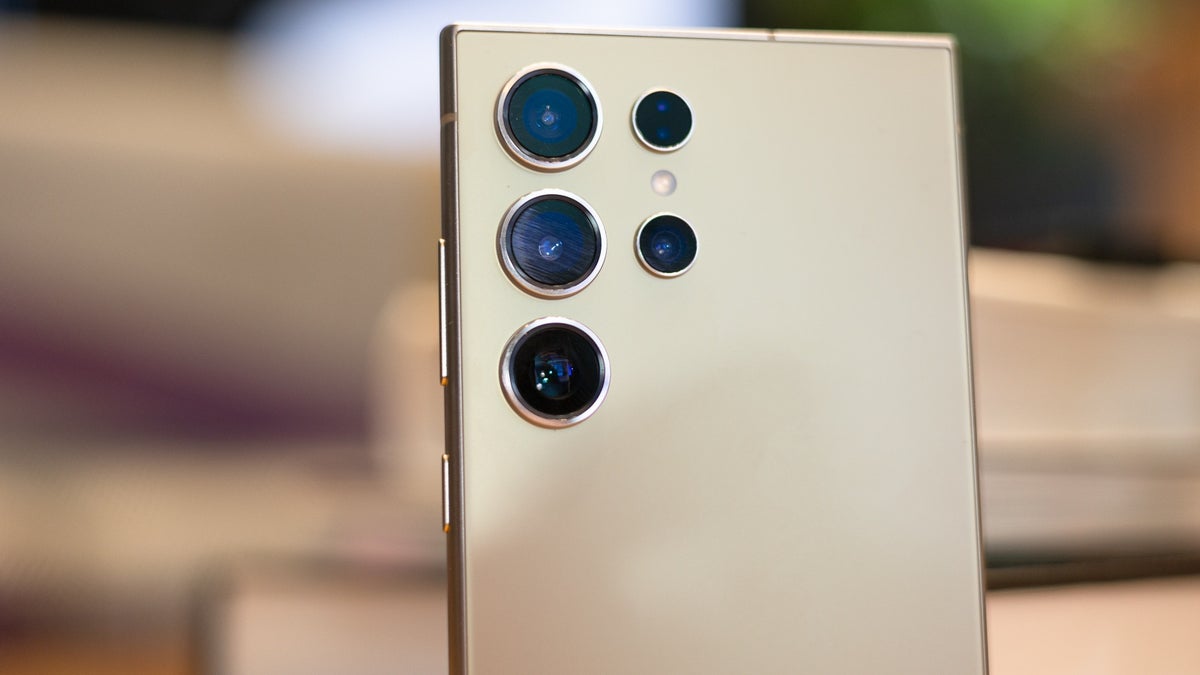Even though we’re mere hours away from the
iPhone 16 family launch event and most likely several months away from the announcement of the
Galaxy S25 series at the time of this writing, Samsung’s next big stylus-wielding thing may already hold fewer secrets than Apple’s 2024 handset lineup in at least one key department.
If we are to believe Ice Universe (aka
@UniverseIce) over on X, who does happen to be one of the most traditionally trustworthy
Samsung-focused social media leakers in the world, the
Galaxy S25 Ultra camera specifications “have been confirmed.” We’re talking detailed specs here, mind you, including not just megapixel counts, but also sensor models, pixel sizes, and where applicable, optical zoom limits.
These are (allegedly) the S25 Ultra’s four rear-facing cameras
- 200MP primary Samsung Isocell HP2 sensor;
- 10MP secondary Sony IMX754 telephoto camera with 3x optical zoom;
- 50MP Sony IMX854 periscope telephoto sensor with 5x optical zoom and 0.7 micrometer pixel size;
- 50MP Samsung Isocell JN3 ultra-wide-angle sensor with 0.7 micrometer pixel size.
If you’re familiar with the
S24 Ultra‘s (detailed) camera specifications, you might not be very impressed with what Samsung is preparing in terms of upgrades on this front for the company’s crown jewel early next year. That’s because the first, second,
and third imaging sensors listed above look set to go virtually unchanged on the back of the S25 Ultra.
The S24 Ultra is a very capable cameraphone. | Image Credit — PhoneArena
Your disappointment is likely to be exacerbated by a rumor from several months ago that called for major possible revisions of not one but
two of this bad boy’s rear-facing snappers. Of those, only the 12MP ultra-wide-angle camera is now expected to jump to 50 megapixels, which could well result in a real-world photography improvement as substantial as it sounds.
That Isocell JN3 sensor, by the way, has yet to see daylight (as far as we know), which further raises our expectations for the S25 Ultra’s wide-angle image-capturing capabilities in real-life scenarios next year. The Isocell HP2, on the other hand, will turn two years old in early 2025, and although it continues to be one of the most advanced and sophisticated smartphone sensors around, we’ll definitely understand if you feel like Samsung should try to go another step forward on the photography evolution chain.
For what it’s worth, Ice Universe does expect the
Galaxy S25 Ultra to bring a “small process upgrade” to the 200MP HP2 camera, but it obviously remains to be seen if that will be enough to make a difference for end users and noticeably improve the quality of their snapshots and videos compared to the
S24 Ultra.
What else do we “know” about the Galaxy S25 Ultra?
Well, that’s the thing you need to remember. No insider is infallible, no leak is guaranteed, and no “confirmed” specs are truly etched in stone so prematurely. But like the aforementioned camera details, a bunch of other tidbits have every chance to pan out in a little over four months or so, including
some very similar dimensions to those of the (as-yet unannounced)
iPhone 16 Pro Max.
The S25 Ultra is expected to look similar but not identical to the S24 Ultra. | Image Credit — Ice Universe on X (concept render)
We’re talking 162.2 x 77.6 x 8.4mm measurements and an overall weight of a little over 220 grams, which would make the S25 Ultra just a tad shorter and thinner, as well as considerably narrower and lighter, than the S24 Ultra while somehow expanding the screen real estate from 6.8 to around 6.9 inches.
The battery capacity, meanwhile, is widely
expected to go unchanged, at 5,000mAh, with the processing power
likely to get the usual yearly bump and the RAM count tipped for a rather unusual
upgrade from 12 to 16 gigs. As far as the overall design is concerned, the
Galaxy S25 Ultra is unlikely to look 100 percent identical to its predecessor, adopting
more rounded edges and that aforementioned thinner profile to both stand out and not stand out too much from today’s crowd of generally similar Android flagships.












